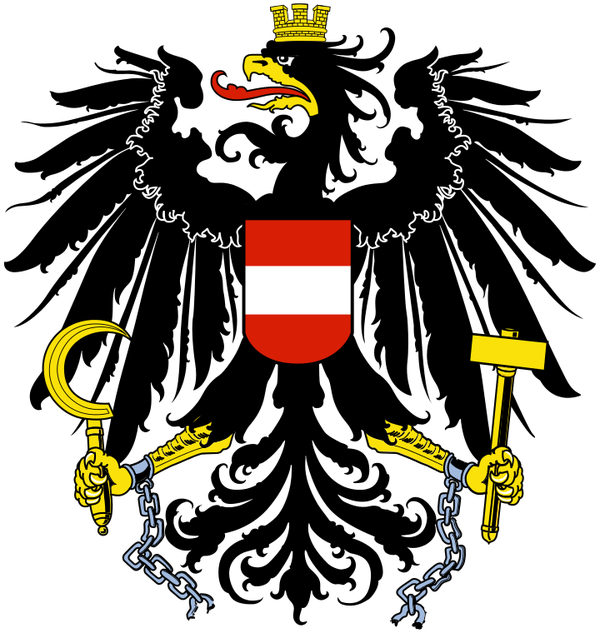
Do I Need an International Driver's License to Drive in Bosnia and Herzegovina?
Bosnia and Herzegovina is a party to two UN conventions, which stipulate that tourists must have a valid International Driver's License (IDL) in addition to their national driver's licenses. This is a legal requirement for renting a car and driving in Bosnia and Herzegovina.
Key driving rules in Bosnia and Herzegovina include:
1. Driving is on the right-hand side of the road.
2. The legal blood alcohol limit is 0.03%.
3. Individuals in an intoxicated state are prohibited from sitting in the front passenger seat.
4. Use of dipped headlights during daytime hours is mandatory throughout the year.
5. Speed limits are typically 50 km/h in urban areas, 80 km/h on rural roads, and 130 km/h on highways.
6. All vehicle passengers, including those in the rear seats, must wear seat belts.
When traveling in Bosnia and Herzegovina, you should have the following items with you:
1. Valid national driver's license
2. International Driver's License
3. Spare tire
4. Additional car bulbs
5. First aid kit
6. Reflective vest
7. Two warning triangles
To rent a car in Bosnia and Herzegovina, you will need a valid driver's license and a credit card. Typically, the minimum age for renting a car is 21 years old, although some rental agencies may have higher age requirements.
Bosnia and Herzegovina has a rich history and offers numerous historical sites that provide insight into its diverse past. Here are some historical landmarks you can visit:
1. Old Bridge (Stari Most) in Mostar: This iconic Ottoman-era bridge in Mostar, listed as a UNESCO World Heritage Site, is not only a symbol of the city but also a testament to its historical significance. The bridge was destroyed during the Bosnian War but has been meticulously reconstructed to its former glory.
2. Old Town Sarajevo (Bascarsija): This district in Sarajevo is a well-preserved example of Ottoman architecture. Cobblestone streets, traditional shops, and historic mosques create a unique atmosphere that transports you back in time.
3. Sarajevo City Hall: This neo-Moorish building has witnessed significant historical events, including the assassination of Archduke Franz Ferdinand, which triggered World War I. It now houses the National and University Library of Bosnia and Herzegovina.
Exploring Bosnia and Herzegovina's historical sites and landscapes can be a rewarding experience, but it's essential to ensure you have the required documents and follow local driving regulations for a safe and enjoyable trip.

